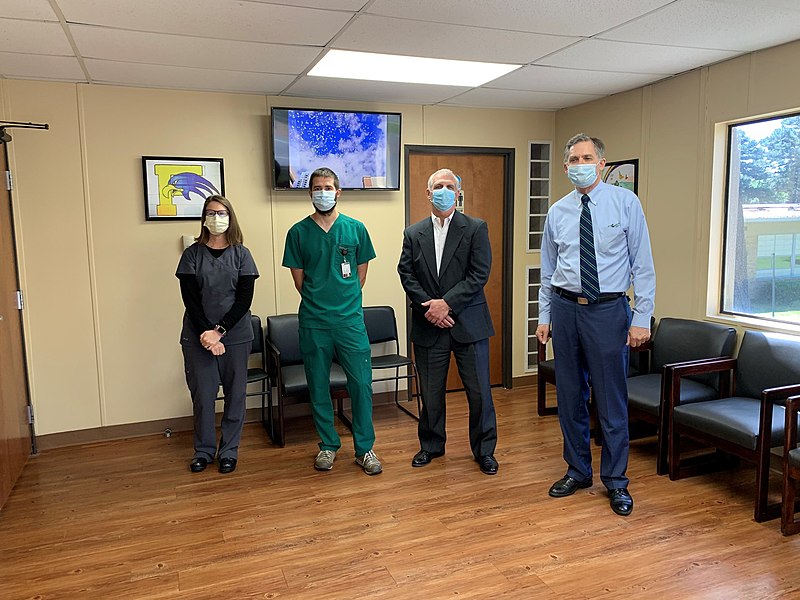As cyber threats continue to rise, healthcare facilities are becoming a prime target for malicious attacks. With sensitive data at risk, it’s crucial that security measures are put in place to protect patients’ sensitive information. In this article, we’ll explore the key security design guidelines that every healthcare facility needs to implement to ensure their data is safe.
Security Design Guidelines for Healthcare Facilities
1. Access control
Access control is a critical aspect of security design in healthcare facilities. It involves implementing measures to control who can access sensitive data and what actions they can perform with it. To achieve this, limit access to sensitive information to only authorized personnel and use two-factor authentication to ensure secure access.
2. Network security
Network security is crucial for healthcare facilities as it protects against unauthorized access, data theft, and malware attacks. Implementing firewalls, intrusion detection, and prevention systems are important for maintaining network security. Regular vulnerability scans should also be conducted to ensure any potential security threats are detected and addressed promptly.
3. Physical security
Physical security is often overlooked in healthcare facilities, but it’s just as important as digital security. A robust physical security system should include CCTV surveillance, secure entry and exit points, and regular security patrols. This will help prevent unauthorized individuals from accessing sensitive areas and compromising patient data.
4. Disaster recovery plan
A disaster recovery plan is essential for healthcare facilities to minimize the impact of potential cyber attacks. The plan should outline procedures for backup, restoration, and continuity of critical data and systems. Regular testing of the plan is also necessary to ensure it remains effective and up-to-date.
5. Employee training
Employees are a vital part of any security system, and healthcare facilities are no exception. Comprehensive security training should be provided to all employees to ensure they understand the importance of protecting sensitive data. This includes training on identifying potential security threats, reporting incidents, and adhering to security policies.
6. Regular risk assessment
Regular risk assessments are necessary to identify any potential vulnerabilities within the security system and address them promptly. Risk assessments should be conducted at least once a year, with follow-up assessments as needed.
7. Continual improvement
Technology and cyber threats evolve rapidly, which means that security measures must be continually improved to keep up. Healthcare facilities should regularly assess their security systems and policies to identify areas for improvement and plan for new technologies and threats.
Designing Access Controls for Healthcare Facilities
Access controls should be designed with the hospital’s specific needs in mind, taking into account the unique challenges and requirements of healthcare facilities. Access controls should be enforced through strong authentication mechanisms, including multi-factor authentication for secure access to sensitive data and systems. Hospitals should also consider implementing role-based access control (RBAC) to ensure that users only have access to the resources necessary for their job responsibilities. Additionally, hospitals should conduct regular user access reviews to ensure that permissions are accurate and up-to-date.
Securing Medical Devices in Healthcare Facilities
Medical devices play a crucial role in healthcare, but they are often vulnerable to cyber attacks. To secure these devices, hospitals should implement security controls such as firewalls, intrusion detection and prevention systems, and regular vulnerability assessments. Additionally, hospitals should ensure that all medical devices are configured with appropriate security settings, including disabling unnecessary services and protocols, changing default passwords and usernames, and applying software updates and patches in a timely manner.
Educating Healthcare Staff on CyberSecurity Best Practices
Healthcare staff are often targeted by cyber attackers due to the sensitive nature of healthcare data. Hospitals should provide regular training and awareness sessions to educate staff on CyberSecurity best practices, including how to identify social engineering attacks, strong password management, and safe internet browsing habits. Staff should also be encouraged to report any suspicious activity or anomalies to the hospital’s IT department immediately. By educating staff on CyberSecurity, hospitals can create a culture of security and reduce the risk of successful cyber attacks.
